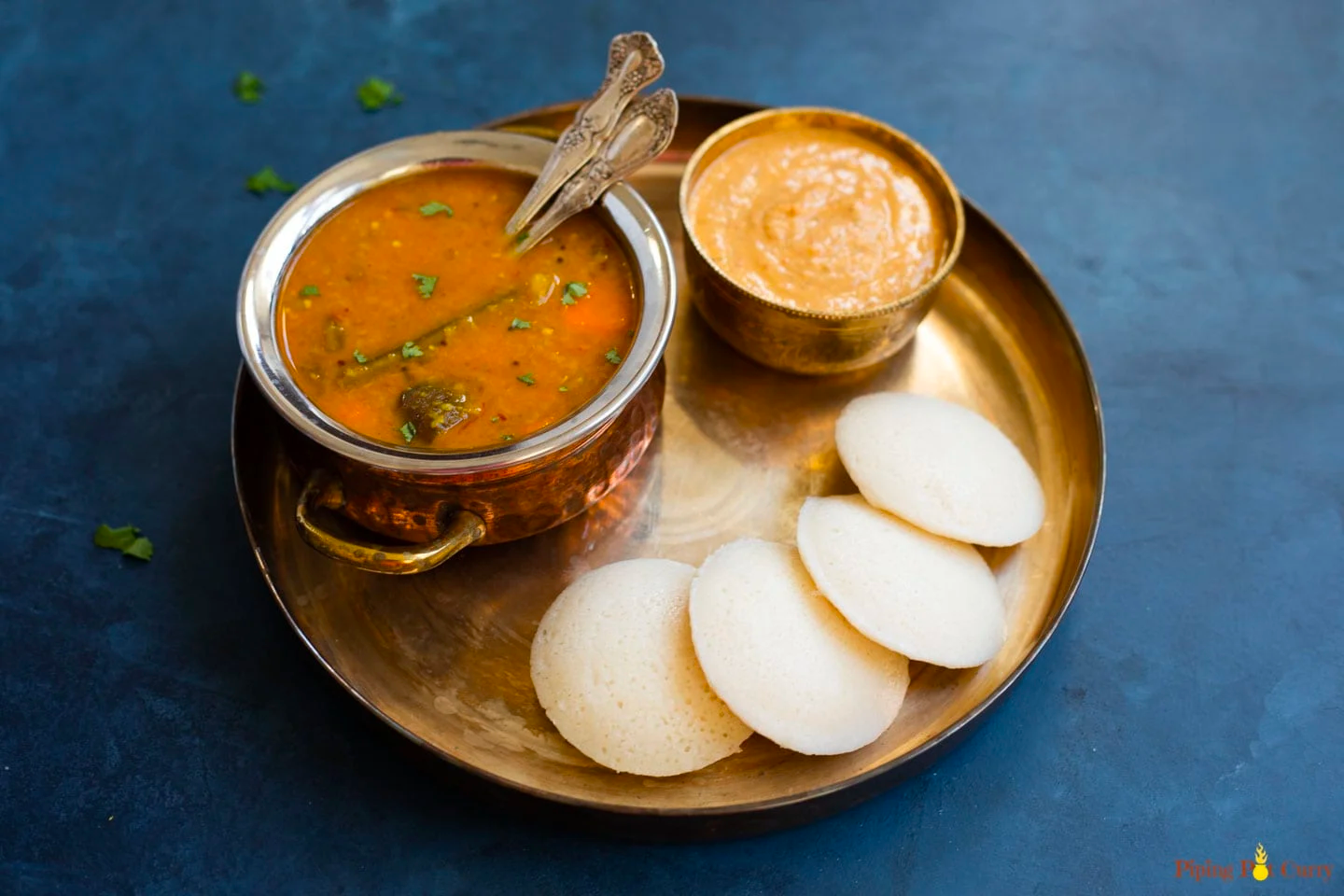
Made lovingly in household kitchens, sold as street food, eaten in udipis and premium restaurants alike, few dishes are as timeless and popular across India as the unassuming idli. What's surprising is that the dish does not originate from India! Food historian K.T. Achaya reckons that the idli could have come to India around 800- 1200 CE from present day Indonesia, a part of which was then ruled by Hindu kings belonging to the Shailendra, Isyana and Sanjaya dynasties. In fact, idli is very similar to a preparation called the kedli there and Indian cooks from the royal household may very well have returned home with the recipe. But the three elements of modern idli making are missing in these references: use of rice grits along with urad dal, the long fermentation of the mix, and steaming the batter for fluffiness.These origins are debated by food historian Lizzie Collingham who claims a different origin for the dish. Based on references available at the Al-Azhar University Library in Cairo, Collingham suggests that Arab traders in the Southern belt brought in the idli when they married and settled down. According to Encyclopedia of Food History, edited by her and TV-chef Gordon Ramsay and Seed to Civilisation -The Story of Food by Heiser Charles B , the Arab settlers were said to be strict in their dietary preferences and insisted on halaal food. They started to make rice balls as a safe option, to avoid any confusion. These rice balls would be slightly flattened and eaten with bland coconut gravy. These rice cakes are said to have tasted quite different from the idlis we eat today.
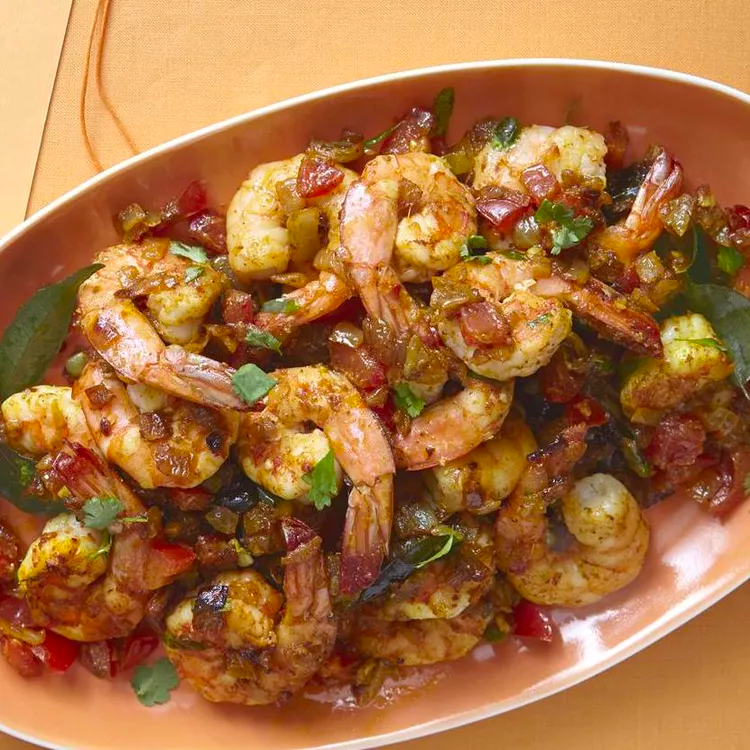
Although shrimp consumption is not as popular in India as fish, its mention can be observed in Tamil literature and in the Manasollasa written by King Someshvara III of the Western Chalukya Dynasty in 13th century AD. It is, therefore, safe to assume that shrimp consumption has a long and extensive history, particularly in South India. However, it is in Bengal that shrimp tells the tale of an ingredient caught in the centre of a melting pot of cultures. Probably already popular in consumption, shrimp became an English favourite early on. In the 19th century, Lt. Colonel James Skinner of the 1st Bengal Cavalry devised a shrimp recipe that was first served in the Army Regiment Mess. Ever since, shrimp curry or snacks are an indispensable item on the menu of countless Army Messes across the country. The shrimp also became a quintessential ingredient of jalfrezi (derived from the Bengali “jhal” meaning spicy and “phorezi” meaning suitable for a diet), a technique of cooking borrowed from the Chinese who began a settlement in Bengal around the same time. Shrimp probably has its own story in every part of the country.
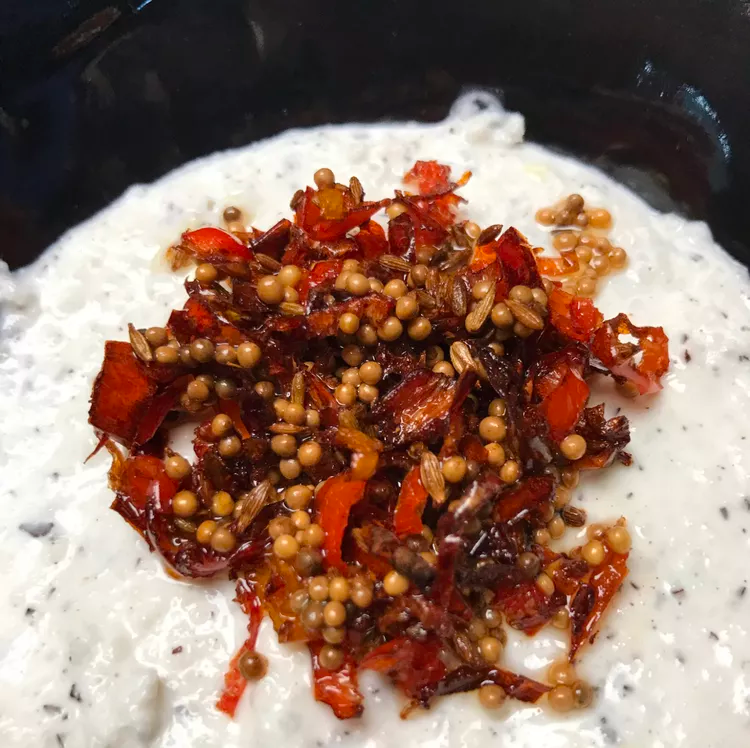
The term “chutney” has gone through various identity crises. Originally, the word “chutney” is derived from Hindi “chatni” (चटनी), which means “to eat with appetite.” Great – we can totally relate. The first uses date back to 500 BC in India as a way of preserving food by pickling vegetables and fruit. Chutneys are served with almost every or any meal in India, either made fresh or cooked, and range in flavor from sweet, sour, spicy and mild. The unifying quality of chutneys across the subcontinent is that they originated from grinding ingredients together into a saucey paste. These days, it isn’t uncommon to use food processor or blender, but so we’re clear, the idea of chutney is to bring vegetables and spices together to compliment the meal. Chutneys vary from region to region. Coconut chutney is classic in South India. In the South, chutney powders are even made from roasted dried lentils to be sprinkled on idli and dosa, which is then eaten with creamy, spicy chutney. On a traditional South Indian thaali, you won’t be surprised to find a few different types of chutney – coconut chutney, a green mint/cilantro chutney, and tomato chutney.
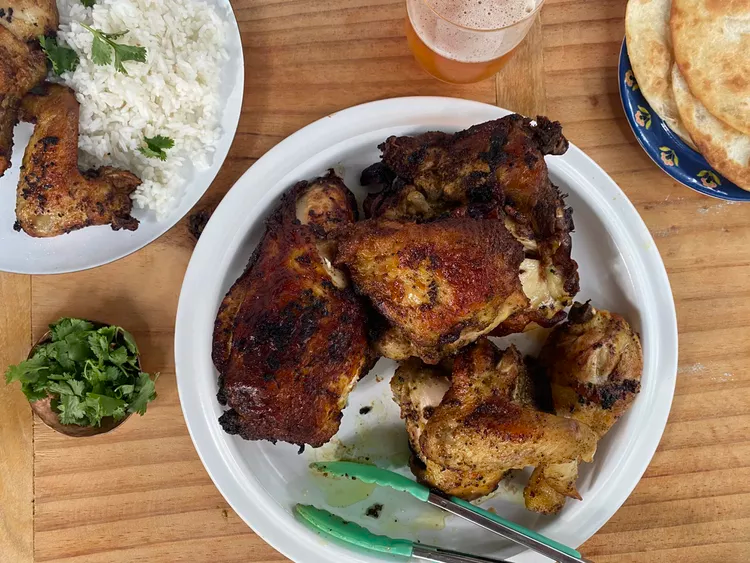
Frango à Cafreal is a spicy chicken preparation consumed widely in the Indian state of Goa Former Estado da Índia Portuguesa . The preparation originated from the Portuguese colonies in the African continent.[1] It was introduced into the Goan cuisine by the Portuguese and the African soldiers serving under the Portuguese. The generic preparation involves green chillies, fresh coriander leaves, onion, garlic, ginger, cinnamon, pepper, chilli, mace, clove powder and lime juice or vinegar. Chicken cafreal is always made from whole chicken legs, flavoured with the spices and herbs mentioned and then shallow fried.[2] Chicken cafreal is usually accompanied by potato wedges and lime wedges. It is a popular dish in the bars and taverns of the state. It is suspected that the dish originated in the Portuguese colonies in Africa, most likely in Mozambique. "À Cafreal" means "in the way of the Cafres" and cafre was the designation of the inhabitants of Cafraria, the region of Southern Africa inhabited by non-Muslim peoples (compare English kafir). According to this hypothesis, the cafreal chicken derives from the piri-piri chicken typical of those places. In many contexts and locations in the world, chicken piri-piri and chicken cafreal designate the same dish, but in Goa they are two very different things, even in color, since the first is red.
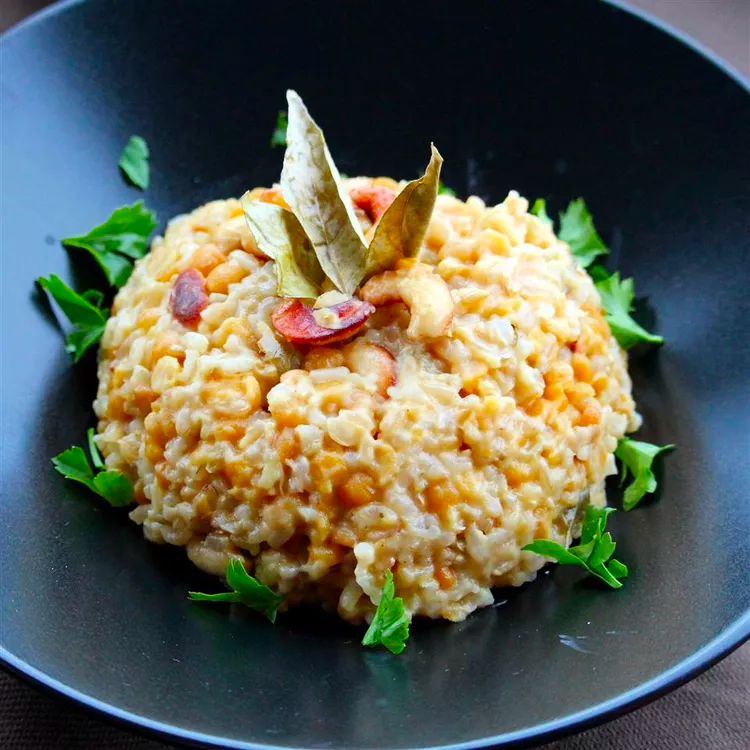
Pongal (lit. 'to boil over') is a South Indian and Sri Lankan dish of rice cooked in boiling milk. Its preparation is the main custom associated with the Pongal festival. It is also eaten as a breakfast food. A part of Tamil cuisine, varieties include venn (hot) pongal, sakkarai (sweet) pongal, kozhi (chicken) pongal, and sanyasi pongal. Pongal is associated with the Pongal festival, whose name means "to boil over" or "overflow." The festival thanks the Sun deity for the sunlight that makes the rice harvest possible. Therefore, the tradition calls for offering the fresh harvest of rice cooked in boiling milk to the deity. While the pongal is cooking, onlookers sometimes shout with joy, "Pongalo pongal!" ('Let the pongal rise up!') Venn or ven (hot) pongal has been described as a rice and lentil porridge similar to the South Asian staple khichdi. It is made with black pepper, ginger, turmeric, and sometimes asafoetida, cashews, cumin, curry leaves, ghee (clarified butter), mung beans, and salt. In South India, it is commonly eaten for breakfast with coconut chutney and Indian filter coffee.